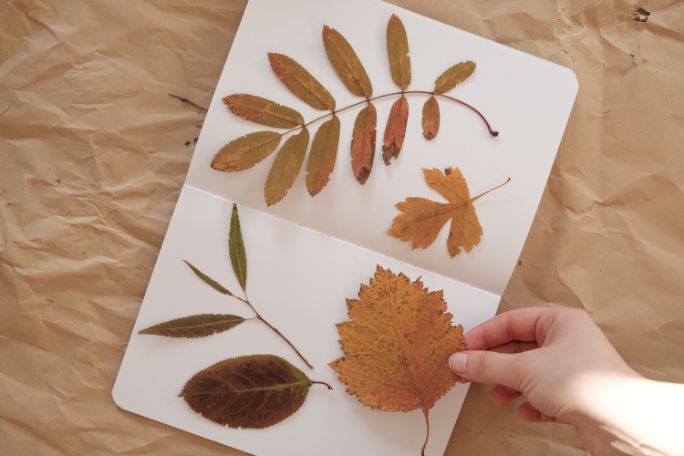Activity Summary
Collect interesting shaped leaves in your garden, in the park or on a walk around the streets. When you get home, make a piece of art by rubbing over the leaves.
Activity guides and printables
Curriculum links
Select your curriculum from the options below.
Activity details
Curriculum Mapping
Curriculum codes:
- EYLF: Outcome 2, Outcome 4, Outcome 5
- Foundation: ACMMG006, ACSSU003, ACAVAM106
- Year 1: ACSSU017, ACAVAM106
Curriculum connections: Science, Maths, Arts, Physical Education, Critical and Creative Thinking
Resources Required
- Bag for carrying your leaves
- Crayons, pastels (or coloured pencils)
- Leaves of various shapes and sizes
- White paper
Additional Info
Younger kids will need support to complete this activity. Some kids will be able to work on this activity with minimal support.
Ideal for: Early Learning and Lower Primary Ages 3 – 7
Themes:
- investigate
- fresh air
- chill time
- be creative
Time required: 20 minutes
Learning@Home resources are designed for parents and teachers to use with children in the home environment. They can be used as stand-alone activities or built into existing curriculum-aligned learning programs.
Our Learning@Home series includes two types of resources. The first are fun and challenging real-world activities for all ages, the second are self-directed lessons for upper primary and secondary students. These lessons support independent learning in remote or school settings.
Tips for Parents and Carers
There are so many learning opportunities within a seemingly simple activity such as this. Firstly, the activity of choosing the leaves includes close scientific observation – which ones have the most interesting shapes, which ones are flatter, which ones have interesting veins? Comparing the sizes and areas of the leaves are early mathematical concepts of comparison and shape. The composition of the leaves and the colours that are used in the leaf rubbing are artistic choices. And finally, the strength and dexterity of holding the leaves still and rubbing them build fine and gross motor skills. Not to mention the feelings of joy and wonder as the imprint magically appears – or perhaps the frustration felt and resilience built when children find it hard at first but are encouraged to persevere!


Welcome back!
Don't have an account yet?
Log in with:
Create your free Cool.org account.
Many of our resources are free, with an option to upgrade to Cool+ for premium content.
Already have an account?
Sign up with:
By signing up you accept Cool.org's Terms and Conditions(Opens in new tab) and Privacy Policy(Opens in new tab).